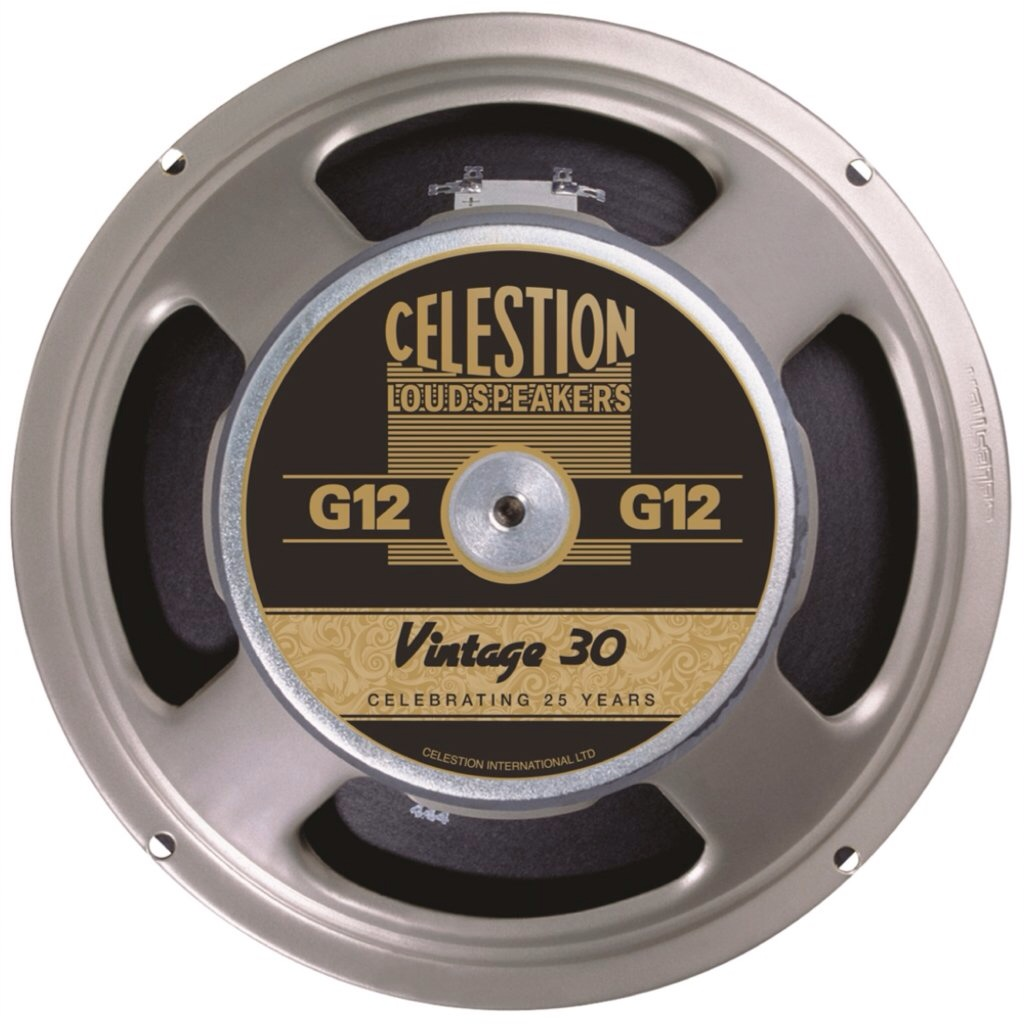What if the pieces are the same and start at different times?
So my answer really comes from waaay back when I was a producer.
What is the psychological effect of listening to two different pieces of audio simultaneously?
It depends on the audio content, its message if it has any, and the psychological state of the listener. It’s generally not dangerous to try it out, but most often it will sound like incoherent garbage.
What if the pieces are the same and start at different times?
Now that is a more interesting question!
Up to ~15 milliseconds — You won’t perceive the two pieces as two different pieces. It is equivalent to running through a comb filter, which gives (in my opinion) a weird “woody but also digital” sound. It’s like a flanger effect that “doesn’t move”. Basically, it’ll sound like an “off” version of the original piece. Comb filters are more often “used” by accident because there are two versions of a performance with delay times (for example, when two microphones record the same instrument).
~20 to ~50 milliseconds — Starts to sound like multiple performers playing the same piece, or like a “thicker” version of the original piece.
~40 to ~120 milliseconds — “Slapback” delay. It’s starting to sound like multiple parts. Also makes parts sound “thicker”, but very distinct to 50s music, blues, and rockabilly.
~150 milliseconds to several seconds — Starts to sound like an echo’ed version of the original piece.
~More than several seconds — One of two things could happen:
-
The original piece has a rhythm, and the delay “syncs up” with it. Then, you get a new piece that hopefully sounds cool. If the delayed version is the same volume as the original version, the overall piece will get louder when the delayed version starts.
-
Any other condition: It sounds (musically) incoherent to the listener, and will basically be perceived by the listener
All of these delay effects are musically useful, but also serve as the prototypes for other effects. Additionally, digital equalizers are mathematically equivalent to a bunch of delays “stapled together” and rescaled.
The version 1 is basically what’s used in a canon
Very interesting! Thanks!
-
It depends on your brain! Some people (especially musicians) can process two different audio streams through two different ears without confusion. This is call dichoticity.
My brother, a musician, can do it. I cannot.
Very cool word
Okay, so, here me out.
I ain’t no fancy neuroscience PHD major or nothin’, but…
Back in the day I was really into the band Radiohead and I was smoking a lot of…well, let’s just say “the Devil’s Lettuce”.
Radiohead released an album called Kid A and it was absolutely phenomenal. Well, sure as shit, someone on the internet found out something really interesting about that album. If you played two separate copies of that album from two different audio sources, and you started one copy precisely 17 seconds after the first, it would create some really trippy harmonic sounds and audio effects. It was dubbed Kid 17 by a small cadre of fans.
I know this isn’t necessarily an answer to your question, but just a personal anecdote. I feel like it’s kind of relevant here.
Welcome to real life, where all audio signals are mixed in real time
I’m very sound oriented and have difficulty remaining cool in an open office with multiple competing conversations. For me, it’s massive anxiety. I just want to yell for everyone to shut up. But I just walk away because I’m not a child.
deleted by creator
It’s medically called having kids.
Didn’t they do this at Guantanamo?
Isn’t that’s what DJ is all about? (At least back in the day of vinyl and turntables, when DJ actually required talent and not a laptop).
I do this all the time because of one of my jobs. It’s a skill.



